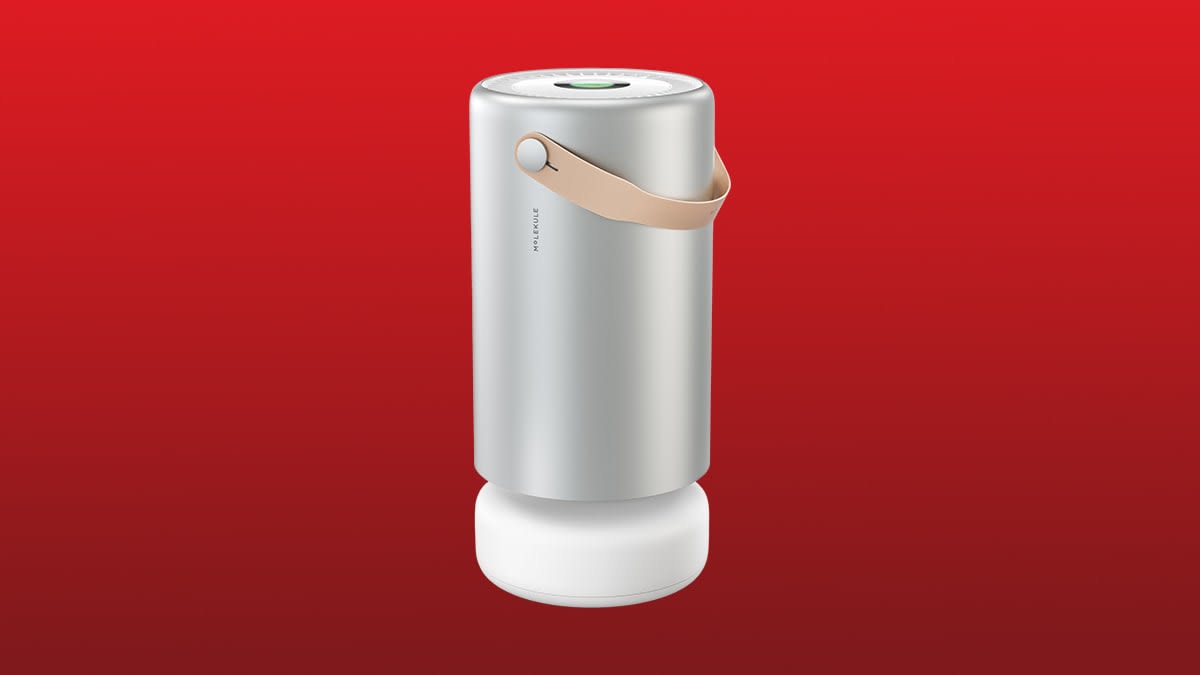
This acronym is short for photoelectrochemical oxidation. It isn’t new technology, per se, but rather a boosted version of photocatalytic oxidation (PCO), which has been used for decades to clean contaminated air and water.
A typical mesh filter—HEPA, for instance—captures only airborne particles. PECO and PCO, however, take it one step further and also target gases. They do this by coating filters in a catalyst (PCO usually uses titanium dioxide) that reacts with UV light to oxidize gaseous pollutants and break them down into harmless molecules.
Can a DIY air purifier help with wildfire smoke? We tested this popular social media hack in the lab; here’s what to know before trying it at home.
According to the Environmental Protection Agency, PCO air cleaners can break down many types of gaseous pollutants, but not the ones that are typically found in indoor air. The process can also react with some pollutants to generate other dangerous byproducts, such as ozone, formaldehyde, nitrogen dioxide, and carbon monoxide.
Because of these factors, the EPA reports that to safely, effectively, and efficiently eliminate common gases and microbes in the home, PCO technology needs to improve. Molekule says it has done just that.
“PCO was inefficient in destroying pollutants, so we fine-tuned all the parameters,” Jaya Rao, Molekule’s co-founder, said of the brand’s technology when the original Molekule Air was released. “PECO innovations happened on many levels: the chemical coating, the filter, as well as the UV lighting.” Working together, she says, these innovations make PECO work faster and more efficiently than PCO, allowing it to destroy gases, bacteria, viruses, and mold spores—without producing any harmful byproducts. When speaking to CR, Rao declined to go into detail about what the company uses for the catalyst.
CR tests for particle reduction and not for gas or microbe removal. So we asked James Dickerson, CR’s chief scientific officer at the time of our initial Molekule testing, whether Molekule’s claims had any merit.
“Theoretically, PECO could work to eliminate microscopic airborne molecules,” Dickerson said. But he also pointed out that if it’s not even proficient enough at catching larger airborne molecules, you’d have to suspect that there might not be enough air passing through the system to capture those smaller molecules.









